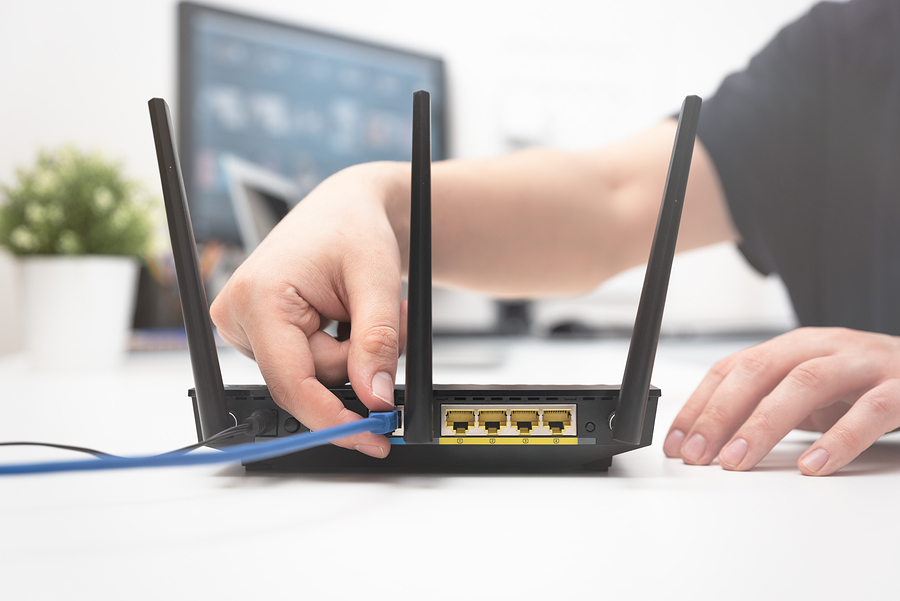IT workers will commonly cite misconfigured hardware as a prime cause of technical problems and operational inefficiencies in business technology. That’s why, when your company buys a new set of used Cisco routers and switches, you should never mess with specific settings you aren’t sure about.
For example, here are three configurable options on that used Cisco router or switch that are often better off left at their defaults.
Port Security
Port security often needs to be disabled. Cisco’s implementation involves limiting the number of MAC addresses that can be registered at one time for an interface. This feature has two intended uses:
● Creating a MAC address whitelist so only approved devices can connect to the network.
● Preventing port overload when someone attempts to connect multiple devices to a single port.
However, there are many better methods for achieving these goals. It’s entirely possible to make multiple devices inherit the same MAC address, and a machine can be configured to use the same MAC address as another device on the network.
Plus, port security notoriously messes with wireless access point compatibility. For these reasons, a Network Access Control system is a better method for fulfilling these purposes, and port security isn’t a necessary setting.
MAC Address Learning
A MAC address tells an Ethernet switch where to send data packets. Because a MAC address is longer than an IP address, more devices can be supported by the former system. Every device in a network has this unique identifier.
Should a data packet transfer occur with a previously unseen MAC address, the switch will remember that address in a MAC table for use later. This process, found in many switches, is called MAC learning.
Should a MAC address arise that is not already in the MAC table, the switch will attempt to send the data to all of the ports in a process called flooding in hopes that the correct destination responds. Flooding is incredibly resource-heavy, and its overuse results in reduced performance for the switch.
That’s why MAC learning should be enabled outside of a few rare cases.
Spanning Tree Protocol
If multiple switches are connected in a circular loop, a network packet can be continuously forwarded through the loop indefinitely, causing server congestion. These loops can occur by accident when large networks are connected.
Stopping loops manually is a challenge since the network congestion makes it difficult to find the problem. In a nutshell, spanning trees are a feature of network switches that helps prevent looping by finding and shutting down potential looping areas. Thus, have spanning tree enabled whenever possible.
Netcon Solutions | Used Cisco Routers and Switches | Toronto & the GTA
Could your business use some economically-priced hardware for the IT department? Want a used Cisco switch or router to avoid the high cost of new products without missing out on a warranty?
Netcon Solutions is your answer. Our organization has been serving used and refurbished components and server devices to enterprise-grade businesses throughout the Toronto area for many years.
Don’t believe the rumors that refurbished means low-quality. Get the trustworthy customer service Netcon Solutions offers at a price you’ll love.
● Misconfigured network devices result in inefficiencies and even technical failures.
● Some features are best left untouched. Spanning tree and MAC address learning should be enabled, while port security usually shouldn’t.
● Contact us at Netcon Solutions if cost is the biggest hurdle your IT staff is facing. A used Cisco switch and router with a generous warranty and excellent customer support might be precisely what you need.

